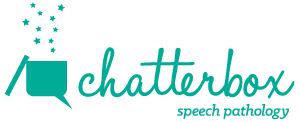By the age of two, most children have the following skills:
Receptive Language:
- Identify simple body parts (e.g. nose, tummy)
- Understand simple questions (“where’s your hat?”, “who’s that?”)
- Follow instructions that involve an object and action (e.g. roll ball, sit on chair)
- Begin to follow 2-step instructions (e.g. get the ball and sheep)
- Identify pictures in books when named
- Understand when an object is ‘on’ or ‘in’ something (location words)
- Answer yes / no questions
Expressive Language:
- Use more than fifty words such as “no”, “gone”, “mine”, “teddy“
- Listen to stories and name common pictures
- Speech is used more often than gestures
- Talk to themselves or their toys during play
- Use some pronouns instead of names (e.g. “me”, “mine“)
- Begin to put 2 words together (e.g. “mummy car”, “teddy eat”)
- Use a variety of communicative intents (requesting, commenting, protesting, etc)
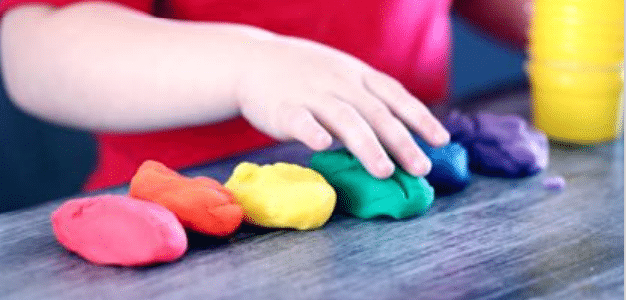
Sounds used in play, babble or words:
- p
- b
- m
- w
- h
- n
- t
- d
Play:
- Play alone or alongside child
- Use concrete objects to play
- Will use objects in play (e.g. pretend to drink from a cup)
- Will carry out an action on an object (e.g. feed doll, pretend to sweep floor)
Literacy:
- Turn pages when reading a book
- Enjoy actively listening to songs and nursery rhymes
Cause for concern:
- Has very few single words
- Does not understand / follow simple instructions
- Does not understand names of common objects
- Does not use objects to play
- Does not respond to simple questions
- Limited number of new words being used
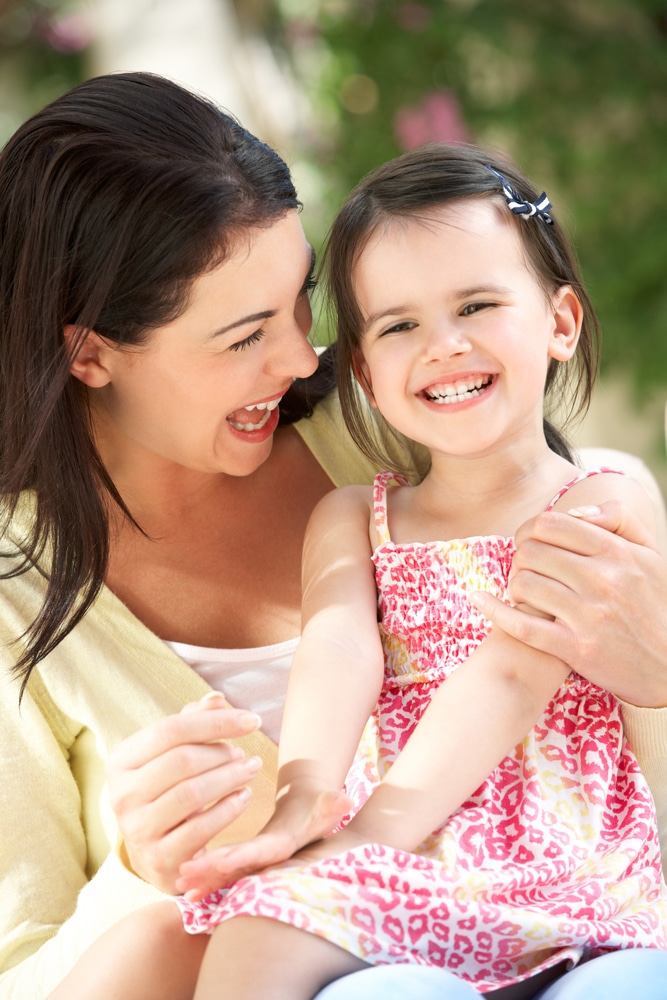
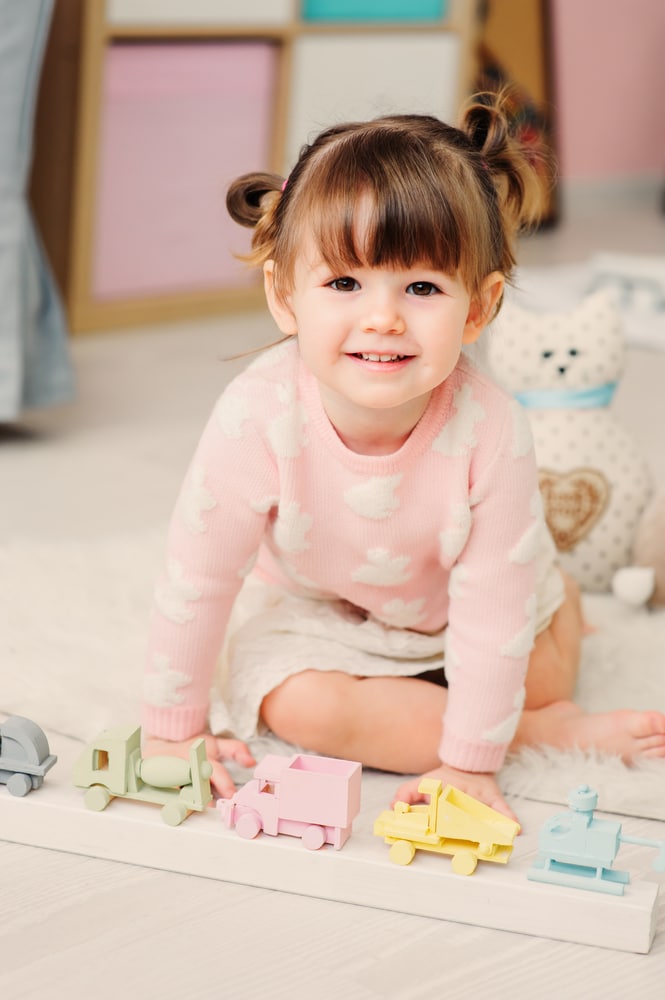

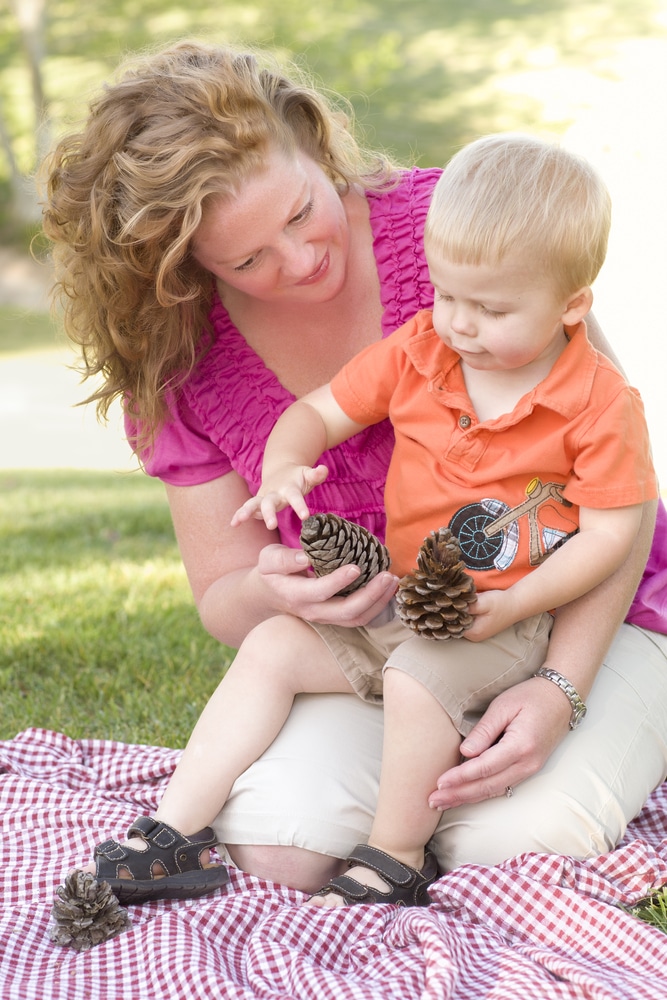
If you have any concerns regarding your child’s language development, feel free to complete the checklist for a speech pathologist to review
